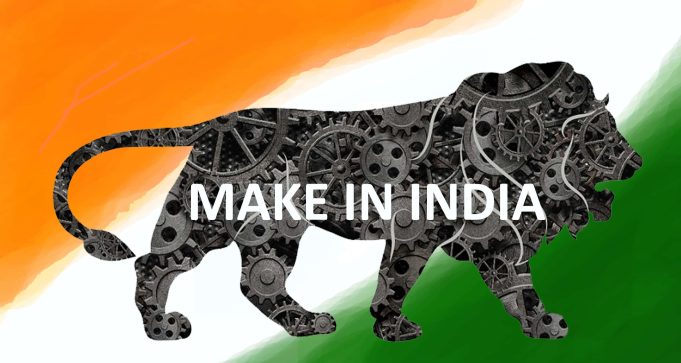Hydroelectric power in India is responsible for producing electricity from renewable sources. The development of dams helps in harnessing hydropower.
India is largely focusing on harnessing energy from a sustainable, renewable source to reduce the depletion of non-renewable sources. Hydroelectric power in India is a form of clean, renewable energy that generates power using a dam for altering the natural flow of the water body. Hydroelectric energy uses water moving at high speed to rotate the turbine and generate electricity. The Ministry of New and Renewable Energy manages the functions of the hydroelectric sector for bringing out India’s true hydropower potential. India is ranked 5th globally for the installation of the hydroelectric power capacity. The article provides an insight into the history of hydroelectric power in India, its storage and the use of energy in electricity production.

The first hydroelectric power plant was established in Darjeeling in 1898, followed by one in Shivan Samudra in 1902. The projects were the first in Asia, and India continues to be one of the dominant producers of hydroelectric power.
One of the reasons hydroelectric powers is preferred as an energy source for the production of electricity is because it is a renewable, sustainable form of energy. The hydro energy storage of India has helped in converting the electricity deficit to a surplus state of production. The hydroelectric power in India is harnessed through dams where the movement of large turbines from the flow of water converts the potential energy into mechanical energy.
The hydro energy storage of India has made it one of the largest producers of hydroelectric energy. The pumped storage schemes store the surplus hydroelectric power generated and hence help meet the peak load shortage demand. Along with the hydropower plants, India consists of over 4,800 MW of pumped storage capacity for storing excess power produced. India’s true hydropower potential is used in the production of electricity, irrigation, industrial purposes, etc.
Hydroelectric power in India is obtained majorly through two types of hydropower projects, which are large and small hydro projects. The projects are categorized based on their size and production capacity.
India’s true hydropower potential is spread across North-East India and Northern regions. Arunachal Pradesh has a huge potential for unexploited hydroelectric power of up to 47 GW. The potential of Uttarakhand follows this in generating hydroelectric power. Around 90GW pumped hydro energy storage in India to supply electricity when there is a crunch.
The Indus Basin has maximum potential with a probable installation capacity of 33,832 MW. However, many parameters like design and capacity, environmental, eco-sensitive zone, etc., are considered. The Tehri Dam in Uttarakhand is India’s highest hydroelectric power project, which was commissioned in 2006.
Hydroelectric power in India is one of the renewable energy sources for electricity generation. The Ministry of Power is responsible for managing the large-scale hydro powers, whereas the Ministry of New and Renewable Energy manages the small-scale hydropower projects. Hydropower generation is one of the most important energy forms used to produce electricity cleanly and sustainably. Nearly 12.3% of overall power generation in India is through the hydroelectric project with a capacity of 46000 MW.
Hydroelectricity, or hydroelectric power, is electricity generated from hydropower (water power). Hydropower supplies one sixth of the world's electricity, almost 4,500 TWh in 2020, which is more than all other renewable sources combined and also more than nuclear power. Hydropower can provide large amounts of low-carbon electricity on demand, making it a key element for creating secure and clean electricity supply systems. A hydroelectric power station that has a dam and reservoir is a flexible source, since the amount of electricity produced can be increased or decreased in seconds or minutes in response to varying electricity demand. Once a hydroelectric complex is constructed, it produces no direct waste, and almost always emits considerably less greenhouse gas than fossil fuel-powered energy plants. However, when constructed in lowland rainforest areas, where part of the forest is inundated, substantial amounts of greenhouse gases may be emitted.
Construction of a hydroelectric complex can have significant environmental impact, principally in loss of arable land and population displacement. They also disrupt the natural ecology of the river involved, affecting habitats and ecosystems, and siltation and erosion patterns. While dams can ameliorate the risks of flooding, dam failure can be catastrophic.

